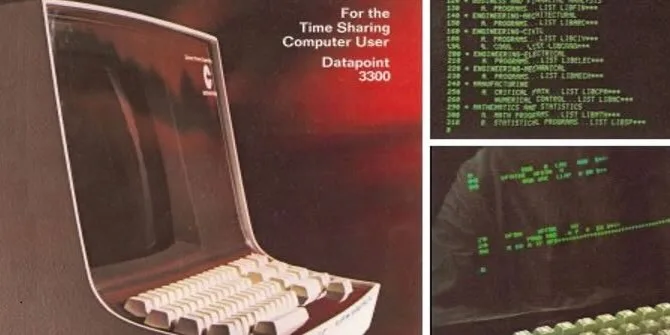Are its days numbered as apps move to the cloud, or will innovative new apps save it?
Do you know where your apps are running? Do you care? If you are like most users, you could care less about the OS and underlying hardware, and more (maybe only) about the applications.
Like TV shows, movies, video, and music, the source of computer apps is mostly irrelevant to users. It is simply a delivery method. So, if all, or even most, applications end up running on servers in the cloud, who needs a Windows PC?

Today, office applications and games are a comfortable hybrid with parts running real time in the cloud and parts running locally. However, our local devices are grossly inefficient, running typically for only a third of the day at most, and even then, not at full performance, sitting lazily with a blinking cursor. Whereas the servers in the cloud have an 80–95% utilization and an actual global 24/7 operation, it takes fewer of them to mimic the use of hundreds of local machines.
Time-share systems were developed in the 1960s to make computers more accessible. They used dumb terminals and were limited by communications. They were easily and joyfully replaced by minicomputers and then the PC. But communications technology didn’t stand still. By the early 2000s, high-speed and affordable Internet permeated our lives. Simultaneously, over-the-air mobile communications empowered smartphones with intelligent user interfaces, further weakening the hold of the PC on the users in an enterprise and home.
What accounted for this evolution? Where do we stand now? Where will we stand in the future? The author provides an interesting yet informative take on this scenario in his article, which can be found in TechWatch, along with in-depth reports on the workstation and other segments of the industry.






